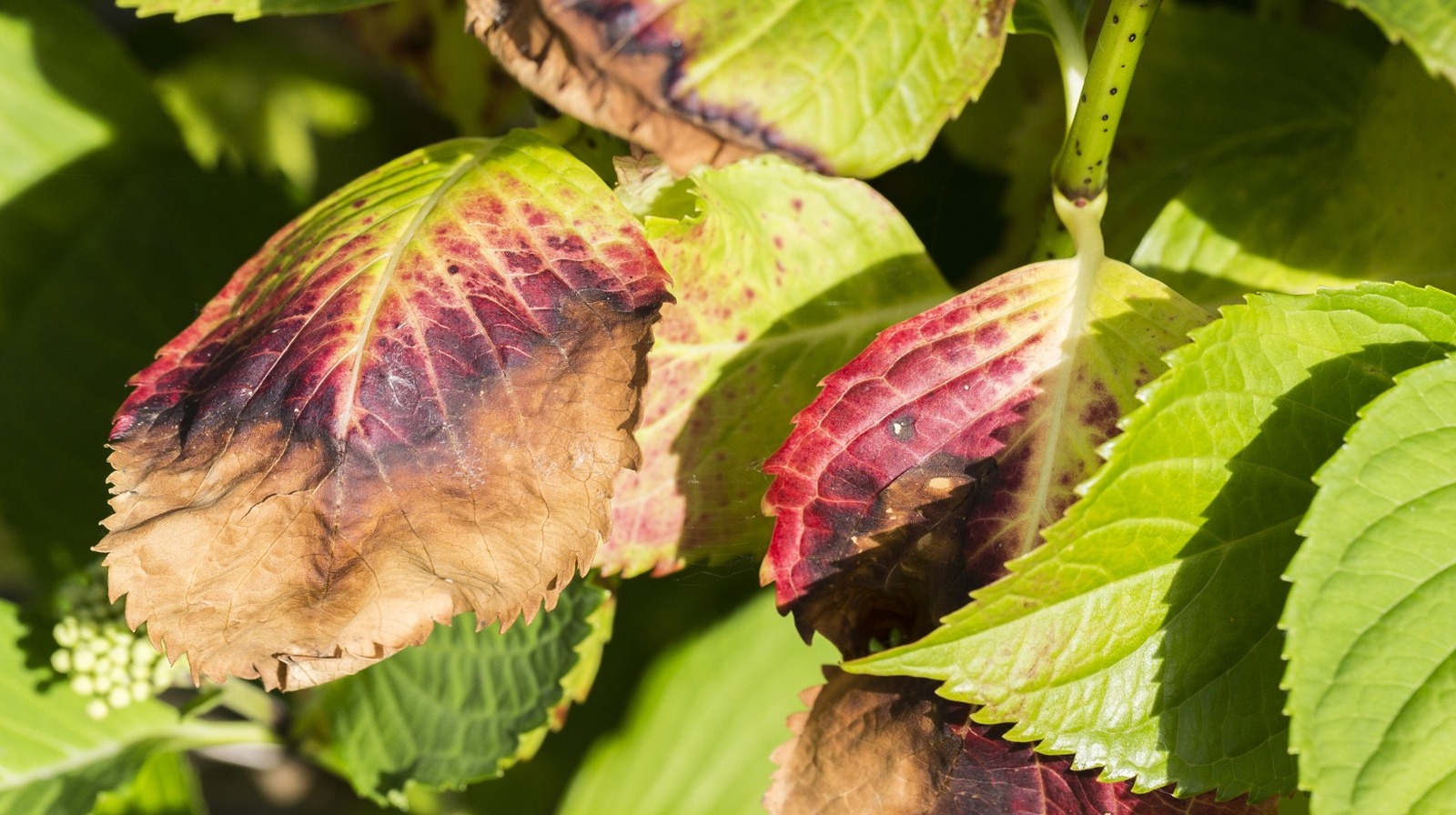Some Known Incorrect Statements About Hydrangea Leaves Turning Yellow
Wiki Article
Hydrangea Leaves Turning Yellow Things To Know Before You Buy
Table of ContentsHydrangea Leaves Turning Yellow Can Be Fun For EveryoneLittle Known Questions About Hydrangea Leaves Turning Yellow.4 Simple Techniques For Hydrangea Leaves Turning YellowNot known Incorrect Statements About Hydrangea Leaves Turning Yellow Rumored Buzz on Hydrangea Leaves Turning YellowSome Known Details About Hydrangea Leaves Turning Yellow
The container should be large enough so the plant can expand and obtain all of the water and nutrients it requires. Panicles enjoy the complete sunlight.No matter of the selection, strategy in advance and make certain your plant has plenty of security from the wind. You have a few options here. You could transplant to a new location, or you could produce a wind obstacle utilizing an additional plant, or secure fencing. To create a wind barrier you could, or a shrub to obstruct the wind.
Decorative turf, Rose of Sharon, or Holly bushes are simply a couple of ideas of plants you could make use of to obstruct the wind. If you need to transplant, locate an area in your garden that is well protected from sunlight and wind. Hair transplanting is finest done in the loss or the springtime.
Hydrangea Leaves Turning Yellow for Beginners
The plants place is the most vital factor when it comes to getting well established and correct growth. With a little forethought on growing area and proper maintenance, you'll be able to guarantee your hydrangeas!.So, if Hydrangea leaves turn yellow and falls off later, it's normally as a result of overwatering, as the plant can not uptake water and sheds the leaves to remove transpiration. Following this, Hydrangea leaves begin to sag and shrivel. Since both conditions can establish yellow fallen leaves, you need to detect the difference between the overwatered and underwatered plant.
However, you can rescue the plant from yellow leaves by providing it the right light and positioning. If your plant gets yellow leaves, relocate to a dark location. Place Hydrangea plants indoors near an east-facing home window. Dapple the plant with drapes or UV defense sheets to obstruct straight warm.
How Hydrangea Leaves Turning Yellow can Save You Time, Stress, and Money.
, and temperature level modifications can create yellowing leaves and brownish areas. If it obtains as well cozy, the sides of the fallen leaves end up being yellow, transform brown and create a crunchy texture.Heavy soil can conveniently obstruct the oxygen supply to the roots and cut the connection with the upper components of the plant (leaves). Hydrangea leaves transform their color if they discover small hassles in the dirt composition. This problem can create the go to my site Hydrangea delegates transform yellow, experience leaf declines, and render a saggy plant compatible overwatering.
Yellow leaves in Hydrangeas are the very first indications of condition infestation, typically adhered to by black places, browning, drops, and wilting. Isolate the infected or pest-infested plant from the healthy and balanced plants to prevent illness spread. If it is a yard plant, remove all the infected leaves making use of sterilized tools and tidy up all the debris.
An Unbiased View of Hydrangea Leaves Turning Yellow

Stay clear of reducing healthy and balanced or green leaves, and do not eliminate more than 25% of the plant's foliage. The main reason behind the red fallen leaves in Hydrangea is bad soil or environmental problems.
Repot the plant every year in spring or every 2 years if the development price is sluggish.
The 4-Minute Rule for Hydrangea Leaves Turning Yellow

Each factor affects the plant in a means that can be repaired if we understand exactly how to care for hydrangeas the best means. When we talk about insufficient light for hydrangeas, we mean that the plant isn't obtaining adequate sunlight.
Without sufficient sunshine, the leaves can transform yellow, the plant can become weak, and it may generate fewer blossoms. To make sure a hydrangea obtains sufficient light, it needs to be placed in an area where it can appreciate the morning light and be secured from the extreme afternoon sun. Overwatering is when a hydrangea plant obtains even more water than it requires.
An Unbiased View of Hydrangea Leaves Turning Yellow

Without sufficient air, the origins can't do their work well, and the plant starts to experience. Yellow leaves may be an indicator that the plant is getting way too much water. On the other hand, dehydration occurs when the plant does not get sufficient water. Like individuals, plants need water to remain healthy and balanced.
This issue prevails in the fall as the weather condition adjustments or if a hydrangea is planted in an area where it does not obtain enough warmth from the sun. It is very important to know the best problems for hydrangeas to prevent low-temperature stress. Most hydrangeas click here to read grow ideal in areas 6 to 9, where the environment is milder.
It is essential to understand that this kind of yellowing is various from the yellowing created by problems like way too much water or not sufficient light. Consequently, if the yellow fallen leaves are primarily at the end of the plant et cetera of the plant looks healthy, it could just imply that the leaves are just getting old.
Report this wiki page